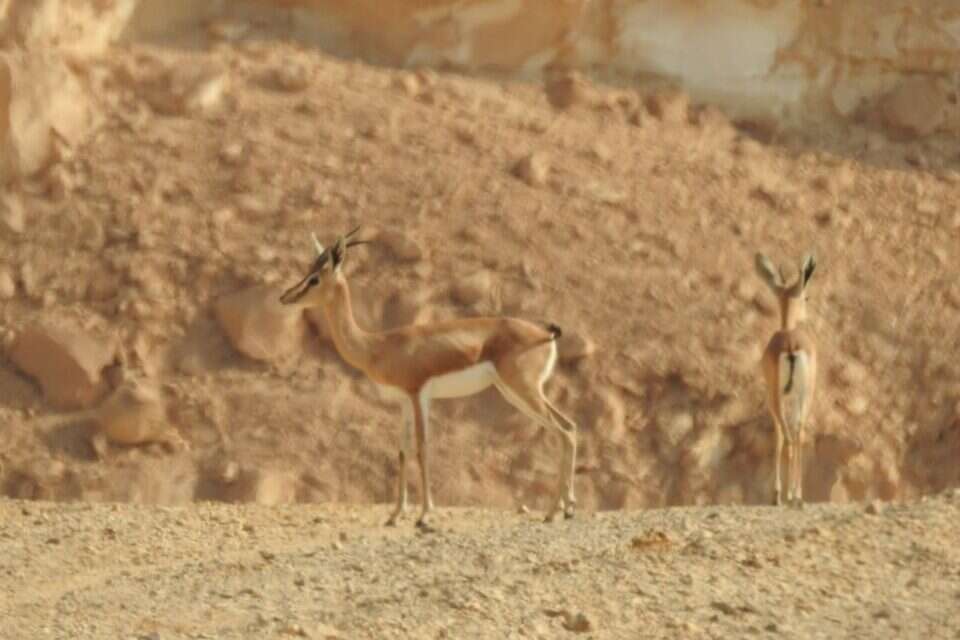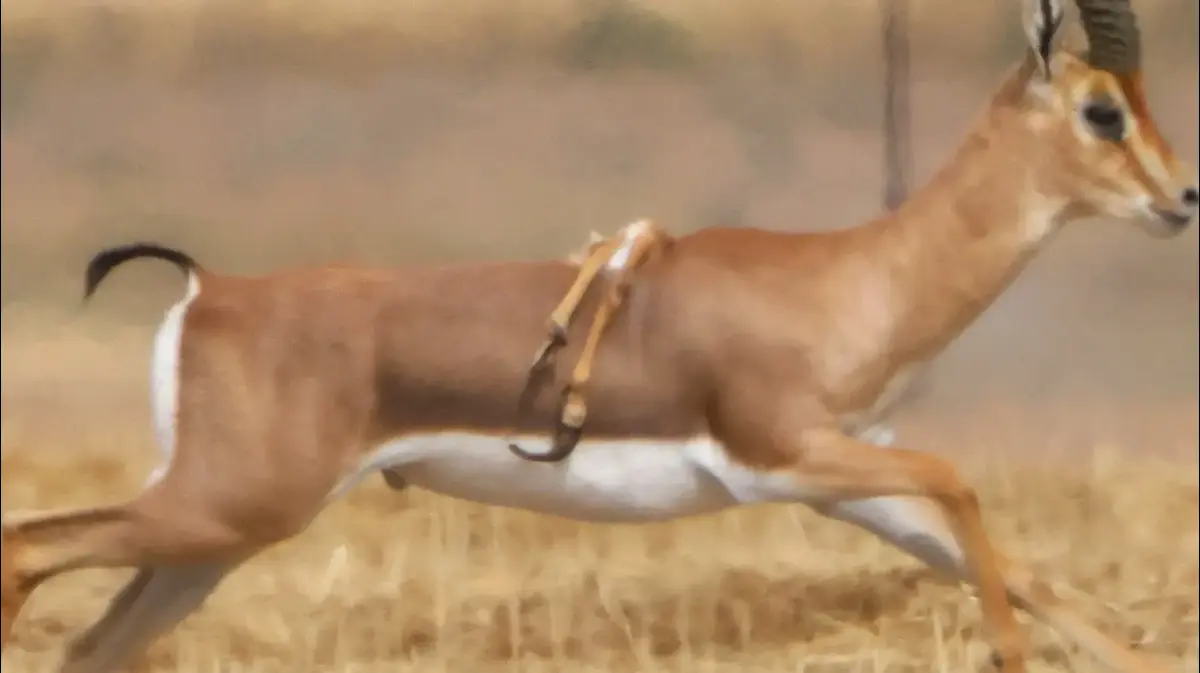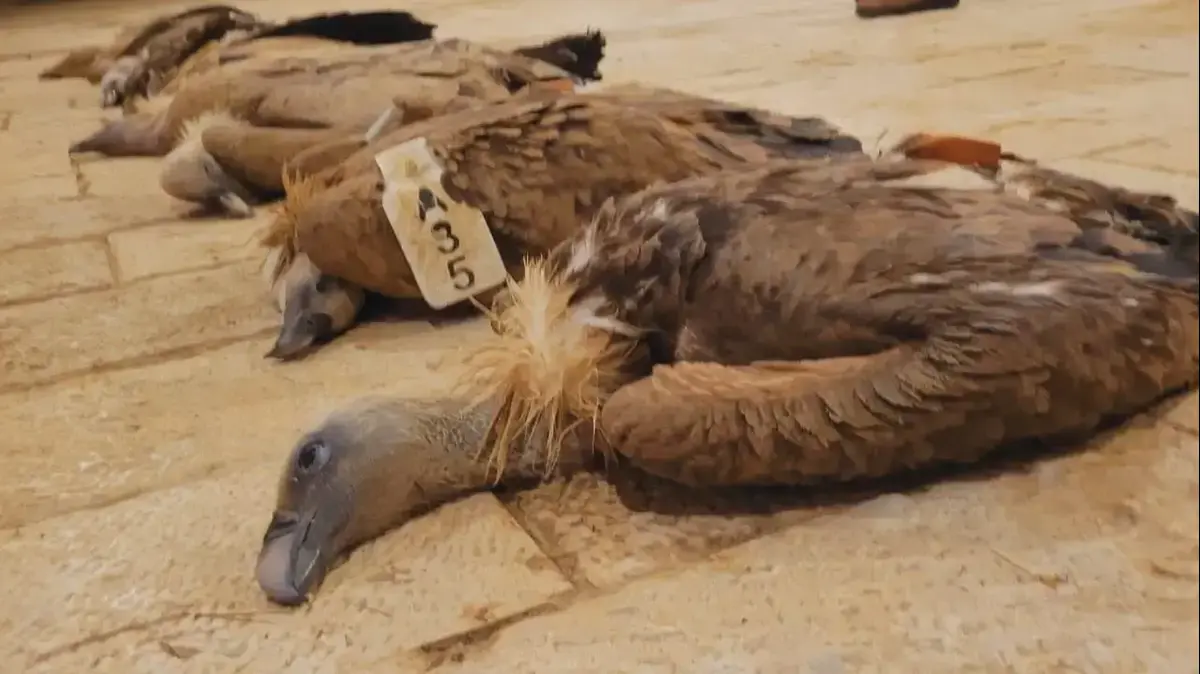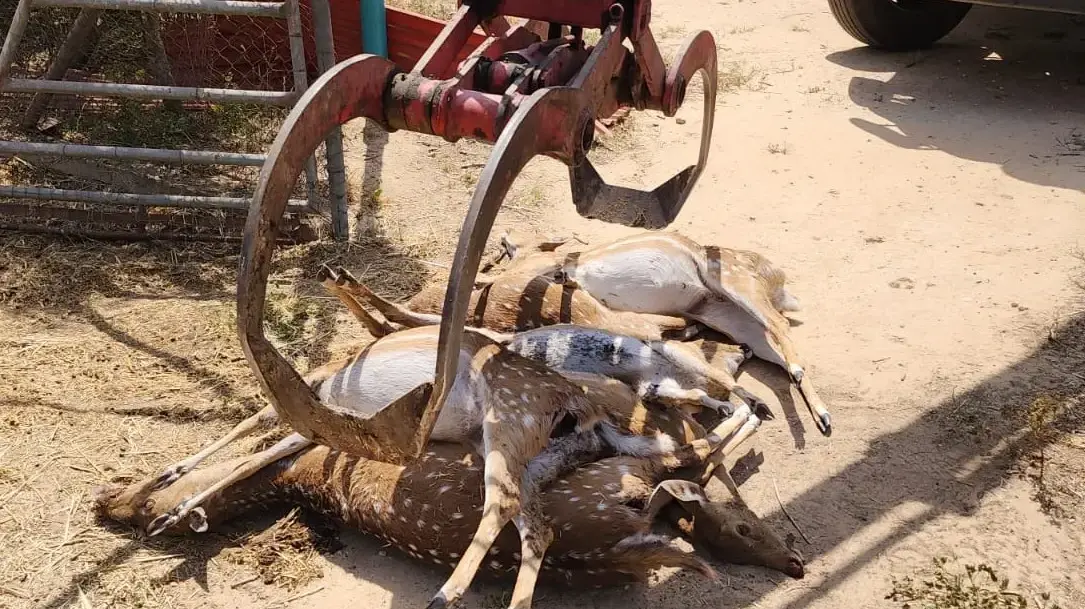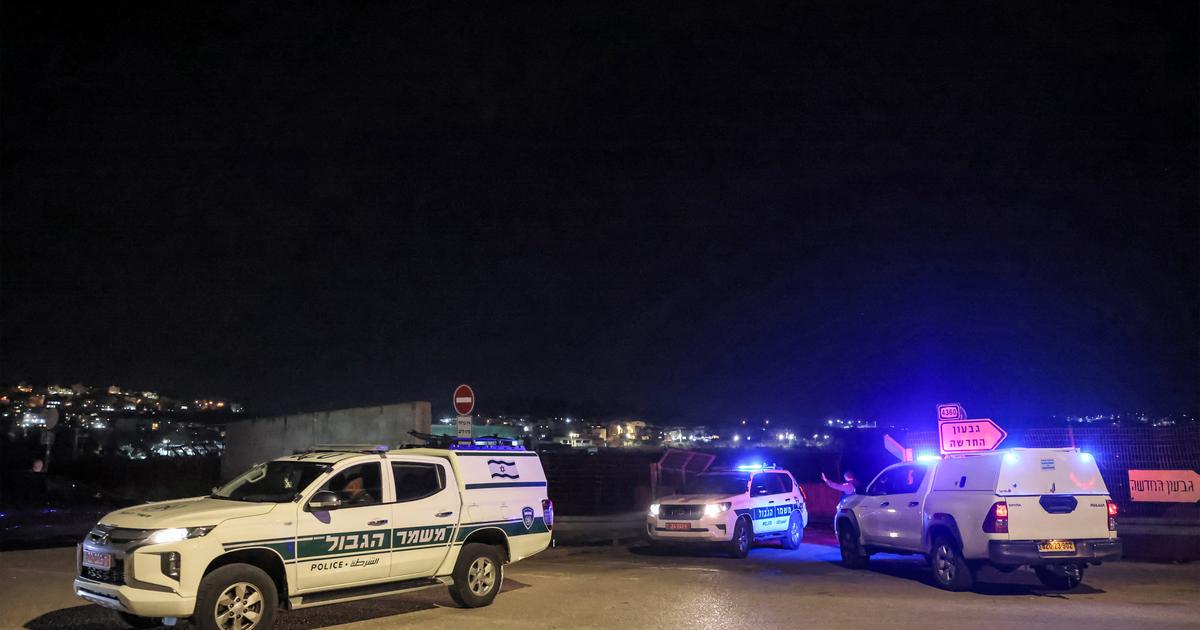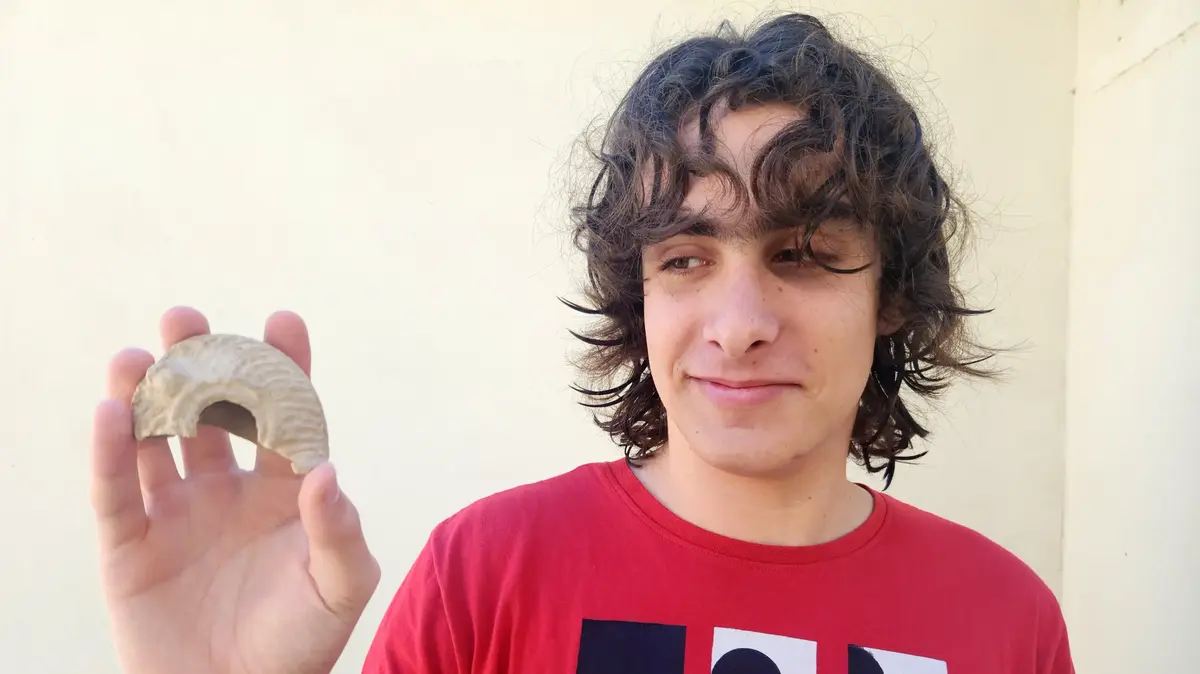Our correspondent joined the Negev military counting operation in the south of the Nature and Parks Authority.
The positive: a significant increase in the number of deer compared to previous counts.
Negative: There is still a danger of illegal hunting, as deer are a coveted hunt for many however since they are endangered they are hunted only by delinquent hunters, without a hunting license.
Also contaminants from waste that travelers leave and trips outside the usual hours that endanger the wildlife in Israel.
Photo: Yaniv Zohar
This week, the annual count of the Negev military in the south was held by members of the Nature and Parks Authority.
Zvi in the Negev, Photo: Arie Rosenberg, Nature and Parks Authority
It was more than impressive to see how dozens of RTG workers were committed to the target and in conditions of terrain, heat, and dust all gathered for an extensive count that lasted several days and required accommodation in the field of most professionals. All to keep the beautiful and impressive animal - the deer.
The data: This year, 2,055 deer were counted, in contrast to the 2018 count in which only 1,433 deer were counted.
Although the area was not counted for several years due to the corona plague and floods, on the other hand the dramatic increase in numbers can be attributed to the plague and the significant decrease in the number of hikers, which caused the wildlife to thrive.
Dr. Tal Polak, Arava Ecologist: "This is good news that indicates the functioning of the ecosystem. This is after the past decade has seen a consistent increase in the deer population."
Counting the deer in the Negev 2021, Photo: Oded Sahar, RTG
Deer in the Negev,
The Negev deer, defined as a species whose future is in danger.
It is located in open desert areas, from the western Negev and the shores of the Dead Sea to Eilat.
Deer, as a large mammal, importance in the ecosystem, a large and stable population of deer eats plants and spreads the seeds of the plants, including acacia trees that are so important to the desert ecosystem, shaping the plant landscape.
The counting of the Negev military began in 1964. The purpose of the counts is to give an indication of whether the reserves do protect the deer and the state of the ecosystem.
After counting results it is possible to draw conclusions about what should be done in case of a decrease in the numbers of the animal counted, or to conclude what was done correctly in the past year and save it for subsequent years in case of increase in numbers.
A deer from Eretz Israel in the Negev, Photo: Oded Sahar, RTG
RTG personnel are deployed on the surface in a large number of SUVs, all of which are synchronized to each other and talk to each other in communication. Of course, this method can have a number of items that will not be sampled, but certainly if there is a significant increase or decrease in the numbers of animals, it will be possible to know this. And under the same additional conditions.The sampling method remains intentionally the same as that which was practiced when the counting began in the 1960s, so as not to create new intervening variables that would change the counting results.
Endangered.
Israeli deer, Photo: Oded Sahar, RTG
Dr. Tal Polak, Arava ecologist, says: "We do not count all the deer in the country, this is not a total count of the entire population. We do not try to find every deer and deer, we have areas that we know are core areas of the deer population and we count them. .
Zvi in the Negev, Photo: Arie Rosenberg, RTG
Dr. Polk added: "The deer is an indicator of the quality of the area. If the deer population is large and healthy, it indicates that the entire ecosystem is functioning properly, it is a sensitive species that can be very affected by changes in space."
Dr. Polak talks about the lives of deer and the dangers that threaten them: “Deer feed on desert plants mainly plants that grow regularly in streams.
Acacia trees are their main food source, both the leaves, the pods, the flowers, they feed on all parts of this tree.
The Negev military does not really need a drink, they get most of their fluids from the food they eat.
Although they feed on plants of course there are predators that feed on the deer, their sons - jackals, which are an erupting species that originated in more northern and temperate regions, and they also came to the desert.
Wolves, which are their natural habitat, also feed on warblers, and there are also hyenas, but they are usually not predators but more scavengers.
What endangers the young deer are foxes and birds of prey as big as eagles. "
Acacia trees are his main food.
Zvi in the Negev, Photo: Oded Sahar, RTG
Dr. Polk expands on the additional dangers that threaten the deer population: “The main problem is habitat loss, settlement expansion, agricultural expansion, infrastructure, all of which are biting into the natural area. But there are also other side effects like noise pollution, light pollution, dirt, cats and more. Lots of influences that make the area around the same settlement, agricultural field or road, a less good habitat. "Roads that cross living areas, even though they do not take up much space, cause danger and problems in their crossing by animals, and these roads that interrupt the living areas, harm their continuity and these are animals that live in herds."
Finally, Dr. Polak adds important information that must be taken into account even when we ourselves arrive in the area as hikers: Which can also impair their reproduction and their hormones and even affect them healthily.
In the northern Negev and in the Negev, there is also illegal deer hunting, which includes hunting with firearms and also by using dogs, which can of course significantly harm the deer population.
"There is not much hunting in Israel. The PA inspectors do a very good job of enforcing the hunt, but we are trying to eradicate it to a level of zero."
Endangered.
Israeli deer, Photo: Oded Sahar, RTG
Deer in the Deer Valley in Jerusalem, Photo: Dudi Vaknin
There are three species of deer in Israel: Israeli deer (also called Eretz Israel deer, it lives in most parts of the country), Negev deer (lives in open desert areas in the Negev and Arava), and Shitim deer (a unique subspecies of Israeli deer, living only close to the Yotvata area in the Arava) .
The Israeli deer is the most common species in the country.
It is a species unique to Israel and some neighboring countries, however in these countries it is completely extinct and today outside of Israel, there is only a small population in Turkey.
The deer calving season begins in winter and lasts until spring.
Towards the end of the pregnancy, the female separates from the herd and gives birth to one ofer, open eyes and covered in fur.
In his early days, Ofer was unable to accompany his mother.
He remains in hiding, lying on the ground and relying on his camouflage.
The mother feeds on pasture and comes from time to time to breastfeed him and then walks away again.
She often stays nearby and watches over him closely.

